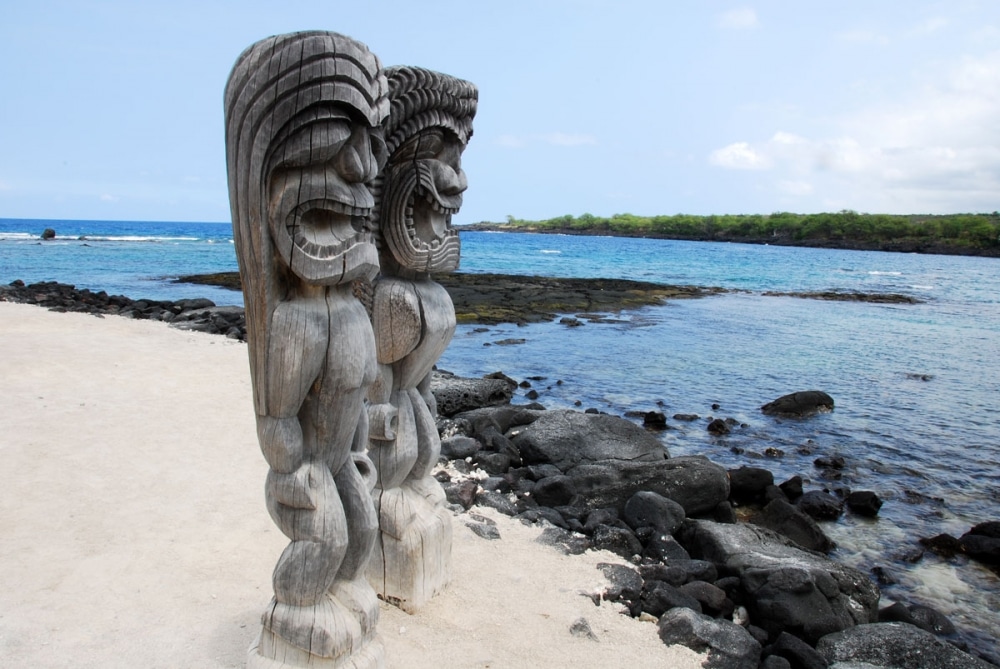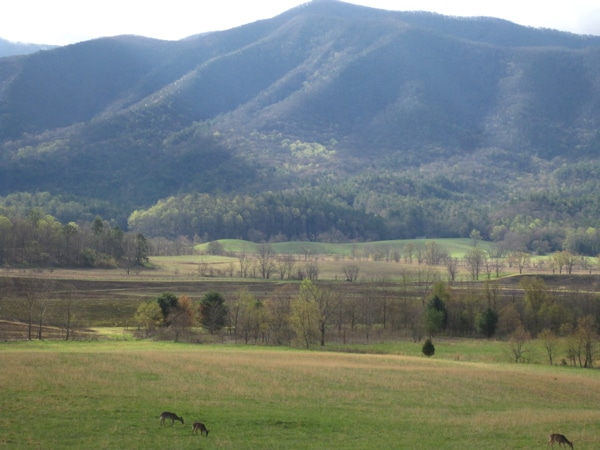 We first visited Estes Park, Colorado in June 2004. We stayed at the Discovery Lodge motel, which offered a pleasant setting at a reasonable price. The town is nestled in a “park” surrounded by the Rocky Mountains, under the majestic gaze of Long’s Peak, at 14, 259 feet, the highest mountain in Rocky Mountain National Park. It is a hiker’s paradise, with trails close to town, in every direction. We hiked like maniacs for seven days, vowing to return soon. We did, the next year, when we stayed for a month, again at the Discovery Lodge. We met so many nice people that we decided to look for a one-year rental. We found a small furnished cottage about two miles east of Estes Park, alongside the Big Thompson River, and we took up residence in September 2005. It was a great year. I wrote, and Karen edited, Cheap Motels and a Hot Plate in that cottage during the spring and summer. I still miss living there.
We first visited Estes Park, Colorado in June 2004. We stayed at the Discovery Lodge motel, which offered a pleasant setting at a reasonable price. The town is nestled in a “park” surrounded by the Rocky Mountains, under the majestic gaze of Long’s Peak, at 14, 259 feet, the highest mountain in Rocky Mountain National Park. It is a hiker’s paradise, with trails close to town, in every direction. We hiked like maniacs for seven days, vowing to return soon. We did, the next year, when we stayed for a month, again at the Discovery Lodge. We met so many nice people that we decided to look for a one-year rental. We found a small furnished cottage about two miles east of Estes Park, alongside the Big Thompson River, and we took up residence in September 2005. It was a great year. I wrote, and Karen edited, Cheap Motels and a Hot Plate in that cottage during the spring and summer. I still miss living there.
We have visited Estes Park many times since we left in 2006, usually to go hiking. Last week, we found ourselves once again at the Discovery Lodge, enjoying a vacation after two stressful months in Tucson and a week in Boulder. It was remarkable how quickly we forgot the anxieties brought on by eye surgeries and visits to doctors’ offices. The national park was filled with the sound of rapidly flowing water, as the warm weather melted the snow from spring storms. Wild flowers were in bloom, and elk roamed the meadows with their calves. There is a small golf course behind the lodge, and one evening the grounds were filled with elk, who were eating everything in sight, including the potted flowers planted near the clubhouse. Cameras clicked furiously. One visitor said to his wife that he had taken some amazing shots. When we lived in Estes Park, scenes like this were so common that we hardly noticed them.
We took several hikes, and our favorite was Twin Sisters. It is a strenuous hike, 7.4 miles from trail head to summit and back (add up to another mile, depending on how far away you have to park from the trail head). The elevation gain is 2,428 feet, and the summit is at 11,428 feet. We have done this hike several times, in all seasons. Once in March, much of the trail was snowbound, but we slogged up it anyway, following the footprints of other intrepid hikers. Another time, in summer, we had to race down to tree line to get some protection from the bolts of lightning flashing across the rain-laden sky. Just before the storm struck, we saw Bighorn sheep just off the trail. 
The trail head for this hike is between mile markers six and seven of Highway 7, which is south of Estes Park. Prepare to walk relentlessly uphill; there are not many level areas to catch your breath. At first, you hike through lodgepole pines along switchbacks, which on the trek down can seem endless. You catch an occasional view of Long’s Peak, Meeker Peak, and Estes Cone, which are directly west of the Sisters. Eventually the lodgepoles disappear, replaced by fir and spruce, which decrease in size as you gain in elevation. The forest thins out and the trees take on a twisted and weatherbeaten appearance, proof that the winds can get fierce, especially in winter. The higher you hike, the better the views, first of the mountains and then the entire Estes Park valley. You get a clear view of Mills Glacier (at the base of Long’s Peak) which is the primary water source of Chasm Lake. The ten-mile Chasm Lake hike is one of the national park’s most spectacular, but we knew that this June there would be too much snow in a narrow section close to the lake, where a steep drop-off from the trail could result in serious injury or death.
After three miles, the trees disappear, and you must wind your way through rocky tundra. In summer, the ground is covered with “tiny yet resplendent flowers . . .(spotted saxifrage. alp lilies, alpine avens, daisies, sunflowers, and forget-me-nots) growing close to the ground where it [is] warmer, protected by their own antifreeze.” (from Cheap Motels and a Hot Plate) The views open out in three directions, and the rocks afford welcome resting places to enjoy them. Finally, almost at your destination, there is a saddle between the twin peaks of the Sisters. A scramble up the rocks to the right puts you on top, with remarkable panoramic views in all directions. You can see Estes Park, the Continental Divide, and, on clear days, the plains of eastern Colorado. We picked a good spot on the rocks and had lunch. We watched for marmots, but this was the first time on this hike that we didn’t see any. Marmots are a genus of squirrels and look like a cross between a squirrel and a groundhog. They make a high-pitched whistling sound, which, for the species common in the Pacific Northwest, is startling to hear for the first time. Like common squirrels, they harass hikers for food. I usually have to chase them away with my hiking pole. We thought that they were harmless enough, until a woman told us she had been bitten by one. Sometimes we feed them just so they leave us alone for awhile. One time when we did this, throwing some chips down the rocks away from us, one marmot took our food and began to feed it to another one. Ever since then, I have had a soft spot in my heart for them. 
I don’t know exactly what it about hiking that makes us feel so good. Maybe it’s the endorphins stimulated by the physical activity. Maybe the beauty of the natural world becomes addictive. Perhaps it’s the absence of the normal cacophony of modern life. Probably it is all of these and more. Our friend Dwight, now in his late seventies and still a strong hiker, once told us a story about how one of his feet had begun to hurt badly. The pain wouldn’t go away. He thought that his hiking days were over, and if that were the case, he might as well be dead. It turned out that he just needed a new insole for his hiking boot. His feelings about not be being able to hike again, however, are the same as mine. To hike is to live!






